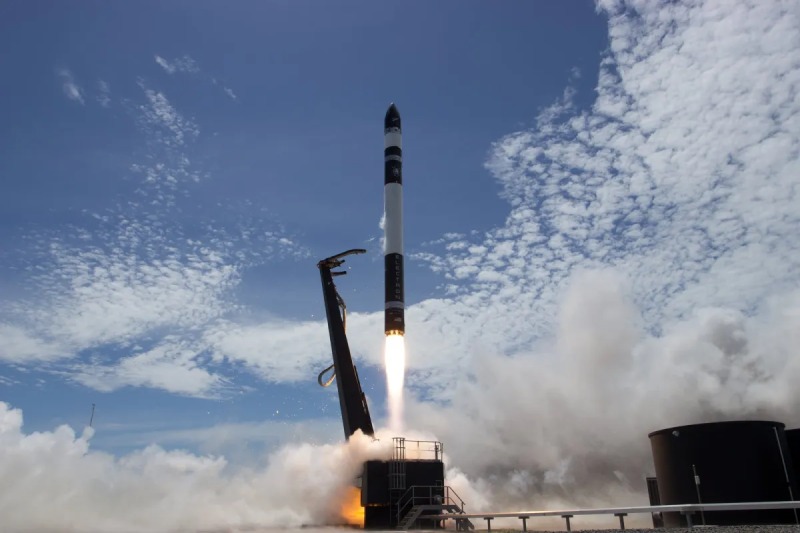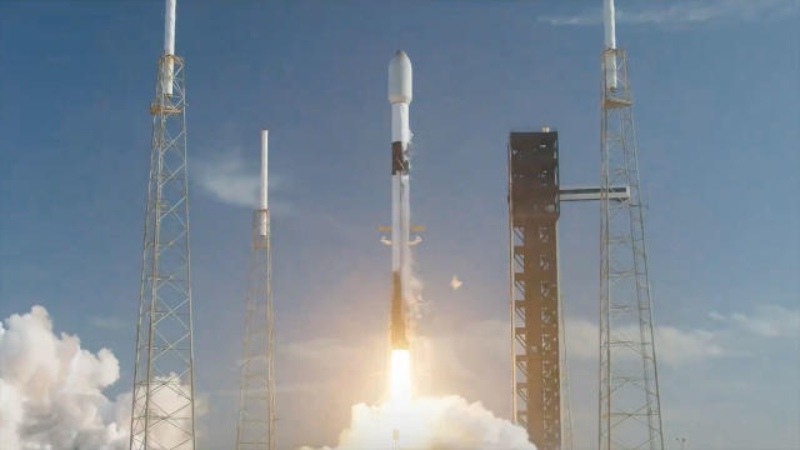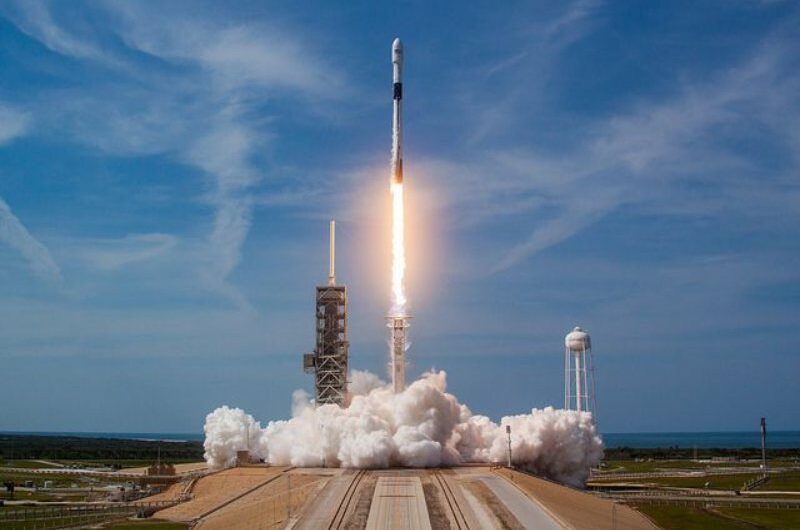Rocket Lab is preparing for its next launch from Launch Complex 1, located on the Mahia Peninsula in New Zealand, no later than April 24th.
Two payloads will be launched on the Beginning of the Swarm mission to entirely distinct orbits.
NEONSAT-1, the mission’s main payload, is an Earth observation satellite with a high-resolution camera for the Korea Advanced Institute of Science and Technology and Satellite Technology Research Center. Its purpose is to help monitor the Korean peninsula during natural catastrophes. This will be the nation’s first satellite in an 11-satellite constellation.
After launch, NEONSAT-1 will circle the Earth in an orbit of 520 kilometers.
NASA’s Advanced Composite Solar Sail System, or ACS3, is the secondary payload. The purpose of this cubesat is to test novel materials for solar sail deployable booms. When fully unfolded, it will be around thirty feet wide on each side.
After Rocket Lab’s Curie kick stage completes an orbit-raising maneuver, ACS3 will be launched into a 1000 km circular Earth orbit. After that, the kick stage will fire again to decrease its orbit, ensuring a speedier re-entry into the atmosphere and preventing it from becoming space trash.
Rocket Lab gets closer to being reusable in the initial stage.
At the Space Symposium in Colorado, Rocket Lab revealed that they had restarted construction on an Electron first stage that had already been flown.
The first-stage tank was cleared to return to production after undergoing thorough testing that included leak inspections, structural tests, and the ability to sustain excess pressure for more than 20 times the duration of a typical flight.
On January 31, this particular initial stage completed the Four of a Kind Mission. Rocket Lab did not say whether or not all of the Rutherford engines that were utilized on that trip would be replaced. The payload that will be launched utilizing the first stage that has been demonstrated in flight is likewise unknown to the corporation.
Undoubtedly, Rocket Lab is moving closer to achieving complete first-stage reusability on Electron and is also obtaining important information that will aid in the recovery of Neutron, their next medium-lift rocket.
Topics #Electron Reusability #Next Launch #Rocket Lab










